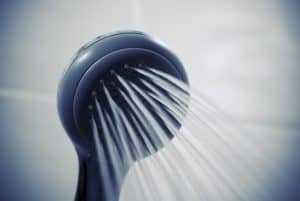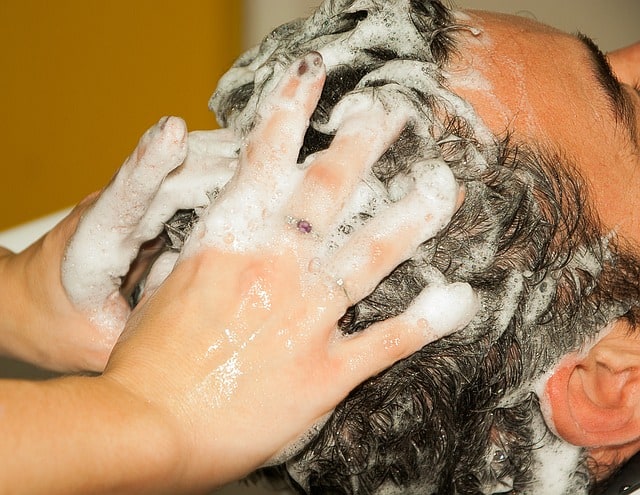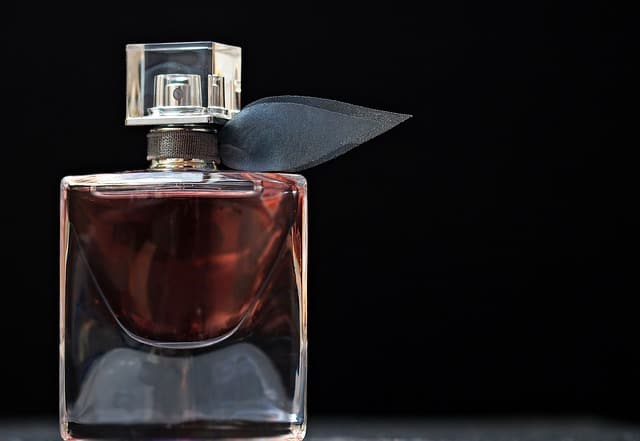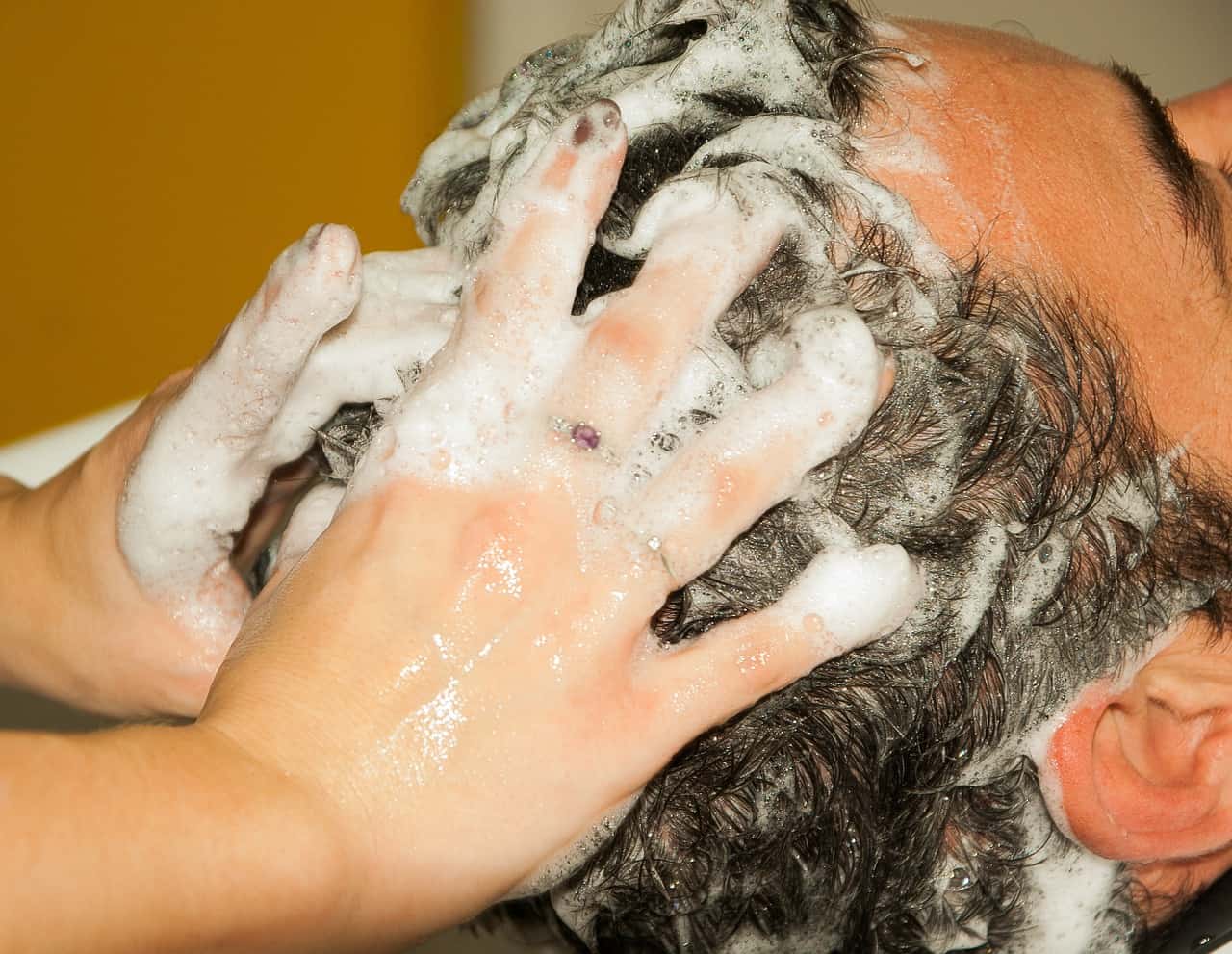Contents
Unfortunately, most people don’t even think twice about the ingredients in their shampoo and conditioner. We think that if it leaves our hair looking shiny and smelling nice, then it must be good for us.
This couldn’t be further from the truth.
In reality, many hair products including shampoo and conditioner contain a large amount of ingredients that are bad for your hair. This article will help you to look at the ingredients in a new light, so you can be more aware of the chemicals that are entering your body. This will enable you to find healthier options that are more natural and work in harmony with your body.
How Chemicals in Shampoo and Conditioner Effect Our Health

We do not realize it, but every day our skin absorbs chemicals. Whether it is something that we directly put on our skin, or through aerosols in the air, there are many ways that our skin absorbs things. Sometimes it gets in through our hair follicles and glands, but primarily toxins get absorbed through the epidermis.
The epidermis is our protective outer layer of skin. Typically it acts as a barrier, but various factors can weaken it. Psychological stress, burns, wounds, abrasions, and skin diseases are just some of those factors. Either a weakened epidermis or an acidic chemical can increase absorption.
Also, what we put on our scalp affects our hair. Hair loss can have psychological impacts to our health as well. Many people try to use hair loss shampoos to stop hair loss and to regrow hair. If you have been suffering from hair loss and are looking for a possible shampoo that will help, we made a list of the top 5 organic hair loss shampoos.
The best bet is to avoid allowing harsh chemicals to come in direct contact with our skin. Although it is impossible to completely avoid them, by taking small steps to avoid them the best we can we can increase our level of health.
7 Ingredients To Avoid in Hair Products
1. Phthalates
Phthalates are a group of chemicals that help make plastic more flexible and durable. They are also called plasticizer.
This ingredient to avoid is commonly found in a variety of plastics including vinyl flooring, window blinds, shower curtains, inflatable toys, and personal care products.
What makes them dangerous is that they are endocrine disrupters, which means that they effect our hormones.
Although most of the evidence of possible health concerns about coming in contact with phthalates were done on animals, some studies on people suggest the same. In one study from Harvard T.H. Chan School of Public Health, women with the highest concentration of phthalates were 60% more likely to have a miscarriage. And another study linked it to excessive weight gain during pregnancy and potential diabetes. (1)
2. Sulfates
 Sulfates are a class of chemicals known as surfactants, which are responsible for drawing dirt and oil out of things. They are widely used in cleaning products and are usually the reason for foaming in shampoos and cleaners.
Sulfates are a class of chemicals known as surfactants, which are responsible for drawing dirt and oil out of things. They are widely used in cleaning products and are usually the reason for foaming in shampoos and cleaners.
Sodium Lauryl Sulfate is one particular sulfate that is very controversial chemical. Although the research is unclear of whether it is carcinogenic, its byproduct of manufacturing it is. Dioxin can be present from manufacturing contamination and it is likely carcinogenic. (2)
There are plenty of shampoo options without sulfates, why would you take the risk?
3. Parabens
These chemicals are often in personal care products such as shampoo as a preservative to extend shelf life.
Since parabens are an estrogen mimic, researchers at the University of California-Berkeley looked at the impact of on breast cancer. The results of the study led them to the conclusion that parabens are potentially carcinogenic even at low levels. (3)
4. Paraffin
Paraffin wax, or mineral oil, is a petroleum based product that is often in personal care products.
We already learned about the dangers of burning paraffin in this article about candles. According to the National Cancer Institute, mineral oils that are unrefined or mildly treated are strongly associated with skin cancer. But, they do note that mineral oils used in cosmetic products are highly refined. (4)
But how much of a difference is there between unrefined, mildly refined, or highly refined? Is your health worth the risk? That is up to you to decide.
5. Synthetic Fragrance
 If you see “fragrance” listed on the label, what exactly is it? That is a good question without a definite answer. Fragrance falls under a whole list of synthetic chemicals that could potentially be dangerous.
If you see “fragrance” listed on the label, what exactly is it? That is a good question without a definite answer. Fragrance falls under a whole list of synthetic chemicals that could potentially be dangerous.
Phthalates are one class of chemical that could be a fragrance.
Another one is styrene.
Both of these fragrances have been linked to certain cancers and male fertility issues. (5)
6. Propylene Glycol
Propylene glycol is mainly used as a moisturizer in personal care products.
Although it is “generally considered safe” there have been “adverse effects of PG have occurred following topical, oral, and intravenous administration.” Reported adverse effects include central nervous system toxicity, seizures, and cardiac arrhythmia. (6)
7. DEA (diethanolamine)
First off, the function of DEA is as a foaming agent or to adjust the acidity (pH) of a product.
According to the FDA, the National Toxicology Program conducted a study in 1998 that linked the topical application of DEA to cancer in laboratory animals. (7) Since the study was done on animals, they did not establish a link between DEA and cancer in humans.
How To Make Better Shampoo Choices
If you want to find healthier options, smartphone apps like Think Dirty make avoiding chemicals easy.
First, you scan the bar-code. Then, after you scan it, it rates the product on a scale of 0 to 10, with 0 being harmless and 10 being extremely toxic. Finally, it lists the dangerous chemicals in the product.
Because not every hair care product is in these apps, sometimes you have to look at the label and decide for yourself. Avoiding the previous chemicals that we went over will go a long way.
Finally, not only will a more natural and chemical free shampoo increase your overall health, it may even regrow hair naturally.
Summary
In conclusion, most of these chemicals have people and anecdotal evidence supporting both sides of the argument. And most of the studies were done on animals or in high doses, not on humans.
In the end, the question of how much exposure to these chemicals is worth the health risk is a question that each one of us has to answer individually. Because each person has a different tolerance for risk.
By becoming aware of the potential dangerous ingredients in our hair products such as shampoo and conditioner, we can be more informed consumers, and make better choices for our own lives.
References:
(1) Exposure to Phthalates May Raise Risk of Pregnancy Loss, Gestational Diabetes
(3) Lotion Ingredient Paraben May Be More Potent Carcinogen Than Thought
(4) Mineral Oils: Untreated and Mildly Treated
(5) Expert Panel Confirms that Fragrance Ingredient Can Cause Cancer
(6) Propylene Glycol Toxicity in Children
(7) Diethanolamine: U.S. Food and Drug Administration

My passion for health and wellness started in 2009. My personal mission is to help inspire and guide people on their health journey. I am currently a NASM certified nutrition coach.
